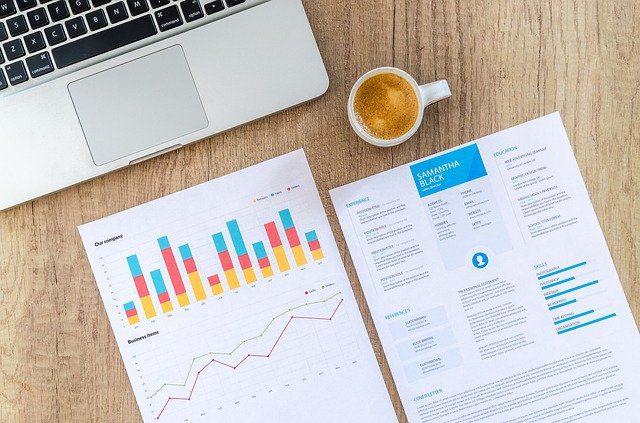Bookkeeping Basics for New Business Owners

Bookkeeping is the process of keeping track of each financial transaction—from the day you hang out your shingle to the day you shut down. Each transaction is recorded based on financial documents such as:
- Receipts
- Invoices
- Purchase orders
Most companies—or their bookkeeping partners serving small businesses—use specialized accounting software to keep their books. The bookkeeper has to understand the firm’s chart of accounts and how to balance the books.
The Difference Between Bookkeeping and Accounting
A bookkeeper records transactions, classifies each one and organizes them according to the firm’s chart of account.
At the end of the quarter or year, the accountant analyzes, reviews, interprets and reports the financial information. In addition, the accountant prepares year-end financial statements and accounts. These have to meet the standards of the Financial Accounting Standards Board (FASB).
Single- or Double-Entry Bookkeeping
Single-entry bookkeeping is similar to keeping a check register. You note when you pay bills and put money into your business account. This method is for companies with low volumes of transactions.
If your company is larger and more complex, you need a double-entry system. Two entries or more are made each time you take in or pay out money: one or more debit to one account, and one or more credit to another.
Assets, Liabilities and Equity
What the company owns, like inventory and accounts receivables, are assets. This category also includes fixed assets such as facilities, equipment and real estate.
Liabilities are what the company owes to their suppliers, banks and any other debtors. Liability on a balance sheet includes present and long-term obligations.
Current liabilities include the following:
- Accounts payable: what the business owes its suppliers, credit cards and banks.
- Accruals: taxes owed including sales tax, along with federal, state, Social Security and Medicare taxes.
- Loans with a maturity of more than one year.
Equity is the monies all investors have put into the firm. Equity accounts include all claims any owners have against the business.
The Accounting Equation
As a business owner, you have to balance your books at the end of the year. The bookkeeper has to be sure transactions related to assets, liabilities and equity are recorded properly. The formula to make sure your books always balance is:
Assets = Liabilities + Equity
This equation means that everything the business owns is balanced against claims against the business.
Revenue, Expenses and Costs
The income statement is developed using these three categories:
- Revenue is the income a business receives selling its products or services.
- Expenses are the money spent to run the company not specifically related to a product or service sold, such as the expense of salaries and wages, expenses associated with selling, or administrative expenses.
- Costs, also known as the cost of goods sold, is the money a business spends to buy or manufacture the goods or services it sells.
Sound complicated? Make it easy by using an outside bookkeeping firm like BookWerksTM.
It is not more expensive than spending your own valuable time keeping the books because bookkeeping is a non-revenue generating task. You’ll have access to your financial information at all times and always know where you stand with regular reports. This knowledge will help you make sound business decisions as you grow.